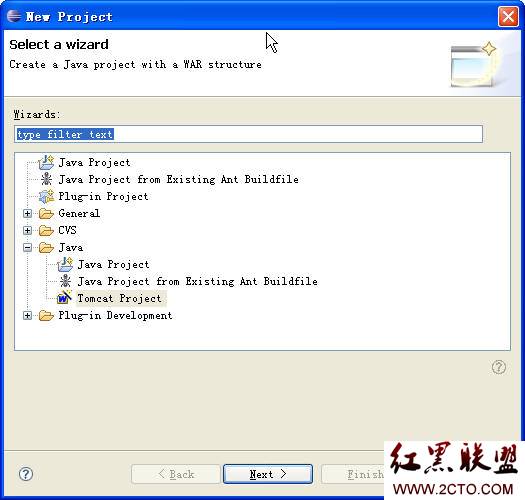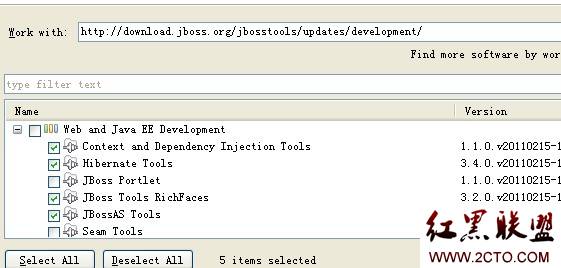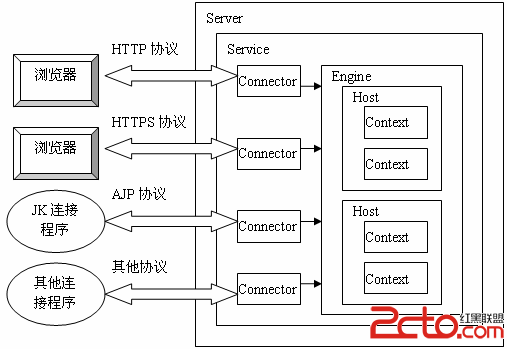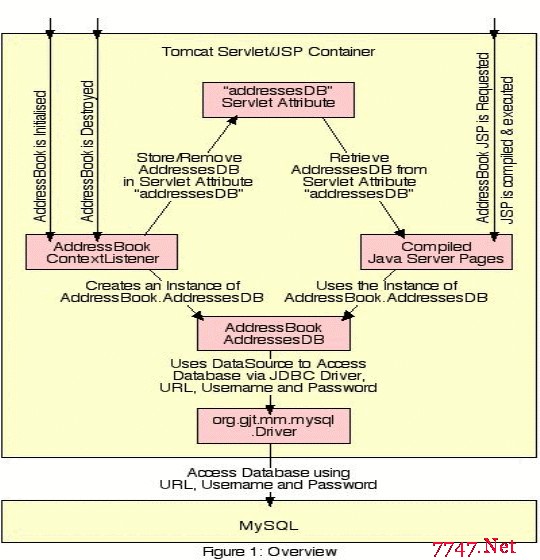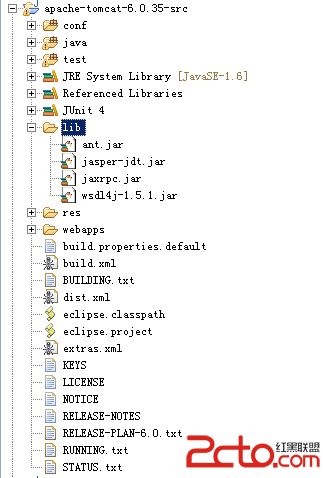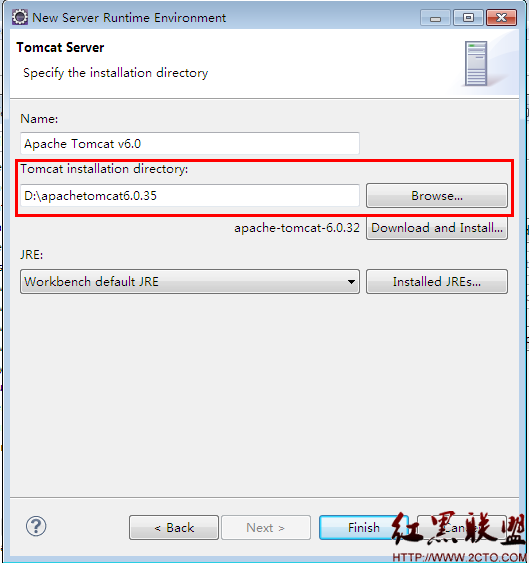当前位置:web 服务器 > Tomcat >>
答案:
问题:当业务使用了SSESSION保存某些对象,怎样在集群时复制这些对象?
TOMCAT5已经考虑过这种集群所导致的问题,其实也就是cluster的问题。如果采用了TOMCAT 的cluster解决方案,我相信应该可以保证session等信息的同步可操作。
另外,TOMCAT要求放到SESSION里的对象要需要实现Serializable,以确保各个对象能被正常复制。
有人提出疑问,SESSION使用的是MAP来保存数据,序列化时不会把实际的对象序列化。其实看看HashMap序列化的代码就可以知道,在SESSION序列化时,是可以正确将Map中保存的数据对象序列化的。更主要的是,TOMCAT序列化SESSION时,并没有使用HashMap的序列化方式,而是将各个保存的对象读出来单独进行序列化。
因此保存到SESSION中的对象实例应该也会被复制。
这样就可以保证各个服务器上的内存数据一样了。
另外一个问题是许多人担心 TOMCAT 的这个解决发方案的性能问题,其实同步某某些内容信息如SESSION的代价并不是很大的,特别在几台工作站属于同一个网内。想对其带来的横向扩展性能,可以忽略,我想。
参考:
TOMCAT中SESSION序列化的代码:
protected void writeObject(ObjectOutputStream stream) throws IOException {
// Write the scalar instance variables (except Manager) stream.writeObject(new Long(creationTime)); stream.writeObject(new Long(lastAccessedTime)); stream.writeObject(new Integer(maxInactiveInterval)); stream.writeObject(new Boolean(isNew)); stream.writeObject(new Boolean(isValid)); stream.writeObject(new Long(thisAccessedTime)); stream.writeObject(id); if (debug >= 2) log("writeObject() storing session " + id);
// Accumulate the names of serializable and non-serializable attributes String keys[] = keys(); ArrayList saveNames = new ArrayList(); ArrayList saveValues = new ArrayList(); for (int i = 0; i < keys.length; i++) { Object value = null; synchronized (attributes) { value = attributes.get(keys[i]); } if (value == null) continue; else if (value instanceof Serializable) { saveNames.add(keys[i]); saveValues.add(value); } }
// Serialize the attribute count and the Serializable attributes int n = saveNames.size(); stream.writeObject(new Integer(n)); for (int i = 0; i < n; i++) { stream.writeObject((String) saveNames.get(i)); try { stream.writeObject(saveValues.get(i)); if (debug >= 2) log(" storing attribute '" + saveNames.get(i) + "' with value '" + saveValues.get(i) + "'"); } catch (NotSerializableException e) { log(sm.getString("standardSession.notSerializable", saveNames.get(i), id), e); stream.writeObject(NOT_SERIALIZED); if (debug >= 2) log(" storing attribute '" + saveNames.get(i) + "' with value NOT_SERIALIZED"); } }
}
HashMap序列化的代码:
private void writeObject(java.io.ObjectOutputStream s) throws IOException { // Write out the threshold, loadfactor, and any hidden stuff s.defaultWriteObject();
// Write out number of buckets s.writeInt(table.length);
// Write out size (number of Mappings) s.writeInt(size);
// Write out keys and values (alternating) for (Iterator i = entrySet().iterator(); i.hasNext(); ) { Map.Entry e = (Map.Entry) i.next(); s.writeObject(e.getKey()); s.writeObject(e.getValue()); } }
- 更多Tomcat疑问解答:
- 谁知道为啥jsp在tomcat中总是失败啊
- 我想用jsp+oracle做一个网站,请问需要安装什么开发工具?除了oracle数据库,tomcat,eclipse还需要装什么
- 用jsp做网页,为什么代码改变了之后,在tomcat上的效果却没有变化。查看源文件居然还是未修改过时的代码。
- 求好心高手,用Tomcat调试一个jsp网站的源码过程通过QQ远程给本菜鸟看一下,不甚感激QQ:1486697000
- jsp+tomcat+sql2005
- JSP+JavaBean,Web容器使用tomcat。实现一个Web应用,供多人使用,用来存放通讯录
- 请教JSP中<%@ page language=javascript %>这句话是不是错误的。我用的是tomcat,书上用的是Resin...
- 用TOMCAT打不开JSP的网页 启动后只要是打开JSP页面就出现500错误
- tomcat启动了,但是就是访问不到JSP页面,显示的是找不到站点。。。不知道哪里出了问题。。求高手!!
- JSP+microsoft sql server+tomcat 用户登录代码
- Tomcat运行JSP后提示缺失关键字
- 华为软件研发用的开发工具是什么? vs eclipse tomcat oracle vc?
- tomcat下的程序能访问的必要条件
- 求一个TOMCAT+JSP+MYSQL环境配置教程 jdk 7 和 tomcat 7 的
- 010401_【第04章:Tomcat服务器的安装及配置】的解压码???
